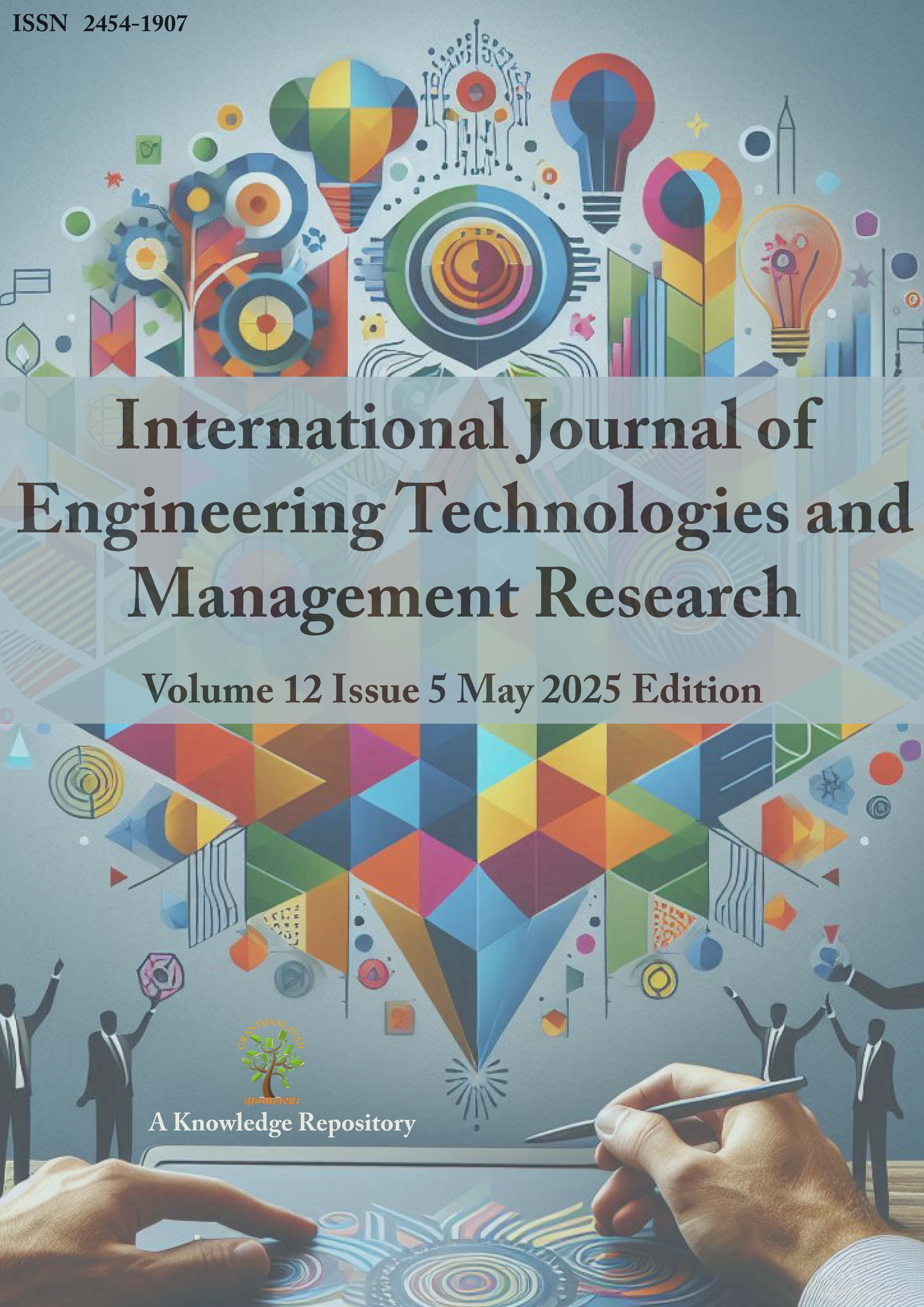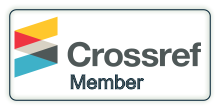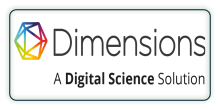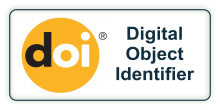A SMART INTERVIEW SIMULATOR USING AI AVATARS AND REAL-TIME FEEDBACK MECHANISMS (AI AVATAR FOR INTERVIEW PREPRATION)
DOI:
https://doi.org/10.29121/ijetmr.v12.i5.2025.1618Keywords:
Ai Avatar, Interview Simulation, Real-Time Feedback, Gpt-3, Voice Recognition, 3d Interaction, Text-To-Speech, Ai Interview Preparation, Mock Interview System, Natural Language Processing (Nlp)Abstract
An example of such a tool is an application founded on a 3D avatar that provides a simulated interview. Such a platform provides users with the opportunity to engage with a virtual interviewer within a secure setting. Throughout the interview, the system gives them immediate feedback and grades their performance. React.js, which is a very popular and used JavaScript library, builds a responsive and smooth user interface. OpenAI GPT-3, which is a very advanced language model, assists in providing natural questions and answers, thus making the interview look genuine. Three.js is used to render the 3D animated avatar, providing a visual and interactive experience. With the combination of all these tools, the website provides a content-filled experience that can assist users in preparing for actual interviews better. The AI interview tool is particularly helpful for job applicants, students, and working professionals. Live feedback corrects them in the process of practicing improvement on responses, body language, and demeanour. Rather than practicing with friends or reading off guides, the users get the hands-on practice in a simulated environment.
Downloads
References
Wuwei Lan and Wei Xu. (2018). Character-based Neural Networks for Sentence Pair Modelling, Ohio State University, 1805.08297v11805.08297v1.
Victor SANH, Lysandre DEBUT, Julien CHAUMOND, Thomas WOLF, (2020). DistilBERT, a distilled version of BERT: smaller, faster, cheaper and lighter, Hugging Face, 1910.01108v4.
Hugging Face APPIs, https://huggingface.co/
Stark.AI, https://stark.ai/
MyInterview, https://www.myinterview.com/
Published
How to Cite
Issue
Section
License
Copyright (c) 2025 KM Kajal Sahani, Mohammad Sahil Khan, Sanchay Khatwani, Shubham Gupta, Amit Dubey

This work is licensed under a Creative Commons Attribution 4.0 International License.
License and Copyright Agreement
In submitting the manuscript to the journal, the authors certify that:
- They are authorized by their co-authors to enter into these arrangements.
- The work described has not been formally published before, except in the form of an abstract or as part of a published lecture, review, thesis, or overlay journal.
- That it is not under consideration for publication elsewhere.
- That its release has been approved by all the author(s) and by the responsible authorities – tacitly or explicitly – of the institutes where the work has been carried out.
- They secure the right to reproduce any material that has already been published or copyrighted elsewhere.
- They agree to the following license and copyright agreement.
Copyright
Authors who publish with International Journal of Engineering Technologies and Management Research agree to the following terms:
- Authors retain copyright and grant the journal right of first publication with the work simultaneously licensed under a Creative Commons Attribution License (CC BY-SA 4.0) that allows others to share the work with an acknowledgment of the work's authorship and initial publication in this journal.
- Authors can enter into separate, additional contractual arrangements for the non-exclusive distribution of the journal's published version of the work (e.g., post it to an institutional repository or edit it in a book), with an acknowledgment of its initial publication in this journal.
- Authors are permitted and encouraged to post their work online (e.g., in institutional repositories or on their website) before and during the submission process, as it can lead to productive exchanges, as well as earlier and greater citation of published work.
For More info, please visit CopyRight Section






























